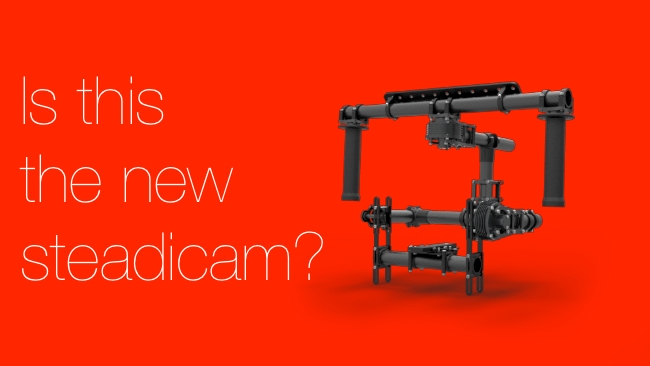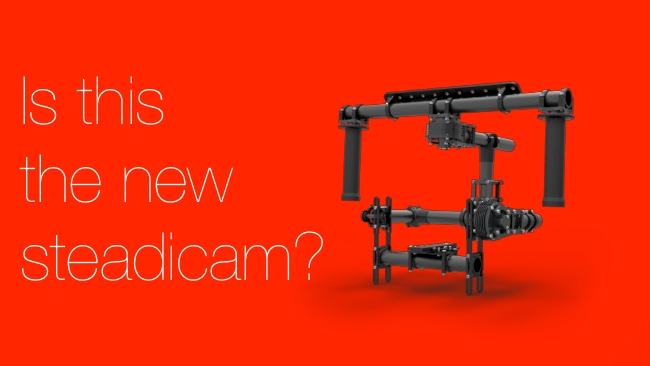

The MōVI: A Handheld Camera Stabiliser with a twist. (And if you watch the second video, you'll understand what a huge part rollerskates will play in the future of filmmaking!) Freya reports.
Vincent La Foret, the director of this video states that “we’ve all dreamed of flying with our cameras and doing these incredible shots...” and I have to confess that I havn’t. I’m probably far more likely to be imagining a big film camera, on my own set or backlot, with Cooke S4 lenses, solidly locked to a tripod and enough track to give even Jean-Luc Godard pause for thought! However the new MōVI camera gimbal is making me rethink all that, with a piece of equipment that seems to allow really surprisingly smooth movements in all kinds of situations you would not have thought possible.
Not just another stabilzer
Now I know what you are thinking. Ah! Yet another camera stabilizer and I’m sure we have all been there: the latest camera steady gadget that will work perfectly if you learn to walk in an ever so slightly funny way, and that you spend hours and hours practicing with, never able to get it quite exactly right, but this new gadget would appear to be different, at least going by the video’s that have just been released.
The makers are claiming that the MōVI not only does not require you to have spent many years of service in the Ministry of Silly Walks, but also that you can even run and... well I’ll let the video’s do the speaking in this regard!
Every shot in that video was made using the MōVI and a Canon EOS 1DC with a Canon EF Cine Prime 24mm F1.3 (at F1.3!) with the exception of the aerial helicopter footage which used a Zeiss 18mm CP.2
This device differs from most handheld camera stabilisers in that it uses a 3-axis digital stabilised camera gimbal. Basically there is a little computer in the MōVI that intelligently operates little electric motors to make sure that the movement remains smooth. The tiny motors are also completely silent so that they will not interfere with any sound recording.
The system can be operated in a two person configuration with one person concentrating on the camera movement and another making sure the framing is spot on. According to Vincent LaForet the joystick in the two person configuration operates in a nearly identical way to that used in Cineflex systems and Russian Arms and he further claims: “the MōVI M10 is cheaper to buy with extra bells and whistles than it is to RENT a Cineflex for one day…”
The first in the MōVI series is the M10 and the expected price will be approx $15,000. It’s expected that there will soon be an M5 for very small cameras that will cost approx $7,500. The MōVI M10 supports cameras up to 10pounds in weight. In practice that means a DSLR with a bunch of accessories or a RED Epic stripped down to the bare minimum with a prime lens. I’m guessing the MōVI M5 will be for cameras up to 5pounds in weight. There is also talk of a high end heavy duty model for cameras such as the Alexa or Epic with a full zoom lens.
Like any of these stabiliser systems, you are still going to have to set this up initially and make sure it is all balanced etc but it’s claimed that the learning curve for actually using the thing will be a lot shorter.
I’m very interested to see where this one goes. It would appear to be a dramatic step forward in handheld stabiliser design if nothing else! I’m also wondering if they should bundle the MōVI with a pair of roller boots!
Tags: Technology



Comments